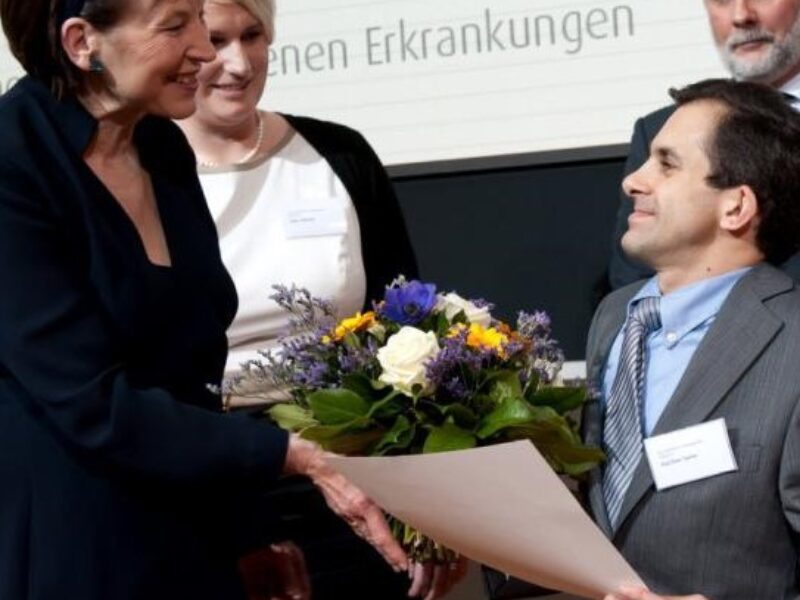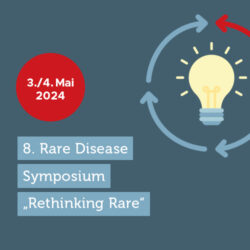Knochen – so zart wie Glas. Das ist das Kernsymptom der Osteogenesis Imperfecta; auch Glasknochenkrankheit genannt. Manchmal reicht eine unbedachte Bewegung, eine Zuckung, ein sanftes Anstoßen und ein Knochen bricht. Viele Betroffene müssen im Rollstuhl sitzen, sind kleinwüchsig und haben Verformungen der Wirbelsäule.
Die Krankheit
Die Osteogenesis Imperfecta ist eine genetisch bedingte Erkrankung. Bei Betroffenen ist die Knochendichte vermindert. Die Knochen sind nicht stabil und brechen so leicht wie Glas. In Deutschland leben rund 5000 Menschen mit der Erkrankung. Die Knochenbrüche treten vor allem im Kindes- und Jugendalter auf – manchmal sogar schon im Mutterleib. In schweren Fällen erleben Betroffene bis zu 60 Frakturen. Im Erwachsenenalter nehmen die Symptome ab, die Knochen werden stabiler. Doch auch Erwachsene leiden stark unter ihrer Krankheit: Aufgrund der vielen Brüche verformen sich häufig die Knochen, sodass Stehen und Laufen oft nicht möglich ist.
Die Forschung
Der Wissenschaftler und Kinderarzt Professor Dr. Oliver Semler von der Klinik für Kinder- und Jugendmedizin am Universitätsklinikum Köln entdeckte mit seinem Team eine neue Form der Glasknochenkrankheit. Die Wissenschaftler:innen fanden heraus, dass eine Mutation in einem bestimmten Gen für diese Untergruppe der Erkrankung verantwortlich ist. Bei dieser speziellen Form schlägt die Standarttherapie – die Gabe von Bisphosphonaten – zur Reduzierung der Knochenbrüche nur schlecht an. Professor Dr. Oliver Semler wandte bei Betroffenen einen neuen Antikörper an, der eigentlich für die Behandlung von Altersosteoporose zugelassen ist. Mit Erfolg: Die Symptome der Patient:innen verbesserten sich. Für seine Erkenntnisse erhielt Oliver Semler 2012 den Eva Luise Köhler Forschungspreis.



Die Zukunft
Mit dem Preisgeld der Stiftung konnten die Wissenschaftler:innen eine klinische Studie anstoßen – mit dem Ziel zu überprüfen, ob das neue Medikament auch Betroffenen mit anderen Formen der Glasknochenkrankheit hilft. Denn: Die neue Therapie ist für Patient:innen wesentlich angenehmer. Das Medikament wird lediglich alle drei Monate unter die Haut gespritzt, während das klassische Medikament zwei Tage als Infusion verabreicht werden muss. Vor allem für Kinder und Jugendliche eine anstrengende Prozedur – verbunden mit Schulausfall und stationärem Aufenthalt. Derzeit sind die Forscher:innen dabei, die neue Therapie für Patient:innen zugänglich zu machen und eine Zulassungsstudie für das Medikament voranzutreiben. Denn eines ist bereits belegt: Auch bei der klassischen Form der Glasknochenkrankheit wirkt das neue Medikament. Professor Dr. Oliver Semler: „Es könnte zukünftig eine Bereicherung der therapeutischen Möglichkeiten für Betroffene sein und ihnen das Leben ein Stück weit erleichtern.“



